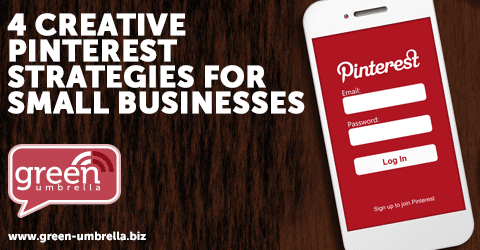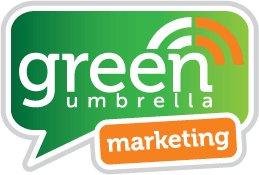4 Creative Pinterest Strategies for Small Businesses

4 Creative Pinterest Strategies for Small Businesses

Do you have millions of dollars to invest in an outrageous marketing campaign? Thousands, maybe?
If you’ve just started a small business, that’s hardly the case. Your budget doesn’t allow you to film high-quality TV commercials that look like short movies. In fact, your budget may be so limited that you can’t even afford YouTube videos and Facebook video ads.
You need something you can do for free. Fortunately, that’s possible.
Pinterest!
That’s the tool that will lead you to effective marketing for your small business.
Chances are, you already use other social media to create brand awareness. Somehow, business owners often neglect Pinterest. That shouldn’t be the case. This network offers tons of opportunities for you to get the attention of your target audience and get them directly at your website.
But, how do you use it? Do you just make a profile and start pinning content? Is it really that easy?
Let’s go through four creative Pinterest strategies your business will benefit from.
Top 4 Pinterest Strategies for Small Businesses
1. Create Relevant Boards
We’ll start with the basics. It’s not wise to promote the website of your small business through your private profile. Keep that one for fitness motivation, recipes, and whatever else you like pinning. This should be a professional Pinterest profile, under the name of your business. Do it: make that profile.
Right after that, start creating boards. A Pinterest board should tell its users what to expect from it. If, for example, you own a gardening business, you can create separate boards for taking care of orchids, planting avocados, arranging cactuses, and so on.
Catherine Taylor, a writer from EssayOnTime, gives us an extra tip: “Pinterest marketing is related to content. People love looking at images, but those images should lead to tips they can implement. Each board should tell a story. They are looking at the visual elements of that story, and they will find the essence in your blog post. Creating relevant boards for each section of your site is a great way to drive more visits your way.”
Speaking of relevant boards, they should have a proper description. Pinterest gives you a 500-character limit. That should be enough for you to give a short description that conveys the point of this board. The point is to get people to follow that board, so they will constantly get your pins in their feeds.
2. Optimize Your Website: Add the Pinning Button
You’ll be using Pinterest to promote content from your website, and you’ll expect the members of the community to continue pinning it to their own boards. However, you should also keep in mind that people will be pinning content directly from your website. You should make that as easy as possible for them.
Not everyone has a browser extension that allows them to pin images with a single click from any website. Even those users want to pin content, though. Pinterest gives you clear instructions on how to install the Save button on your site.
3. Pin Often! Pin Consistently!
Engagement is the key to success. Pinterest is not a network of influential pinners. It’s a network where the content, not the pinner, matters. You can’t pin few awesome images and expect people to keep returning to your profile. You need to engage them with more content, as often as possible.
Start pinning images once or twice a day, and make progress from there. Try to get to at least five images in a day. When Buffer started adding 10 pins per day, they saw 150% increase in engagement on this platform. That’s huge.
- Don’t spam the followers’ feeds with 10 pins at a time. Plan your activity on this platform in a way that makes you consistent, but not irritating.
- Don’t have that much content on your website? You can pin images from other websites, but make them relevant to your boards and make sure to add an insightful comment. However, you need to prioritize pins that lead to your website. That’s why it’s smart to add more visual elements in a single post, and spread them out as pins in different hours of the day.
4. Engage With Commenters
Pinterest has a more casual style, so business owners don’t feel obligated to respond to comments. Don’t be rude. If you see how Target maintains its Pinterest profile, you’ll notice they use every opportunity to engage the users. They respond to questions, and they address the users by their names. That’s the kind of professional attitude that works. Target is not a small business. However, you can take its impeccable customer service as a good example.
Pinterest allows people to comment on the pins, and that should be enough for you to take those comments seriously.
Pinterest is probably the easiest social network to use. If you create enough content for your website or blog and you make it cool, all you need to do is start pinning. It will take less than a day for it to grow on you. The more you pin, the cooler it gets!
[social-bio]
Share this!

